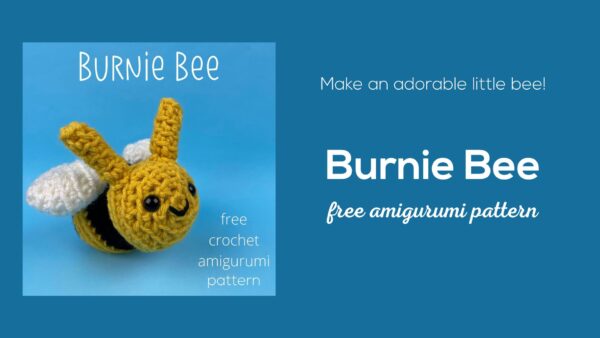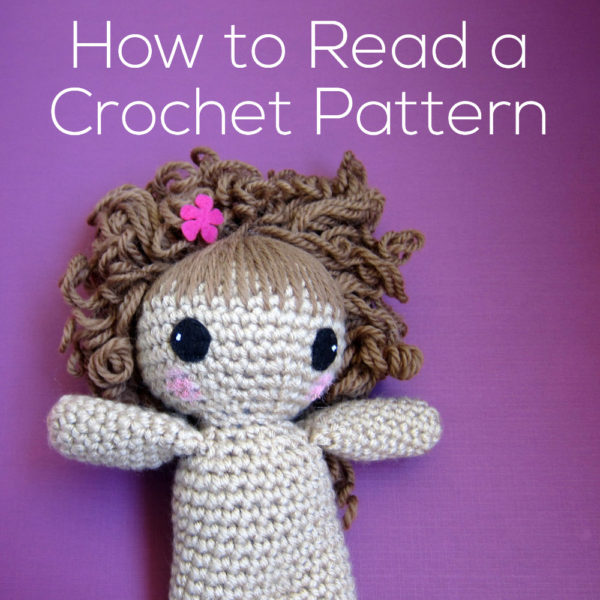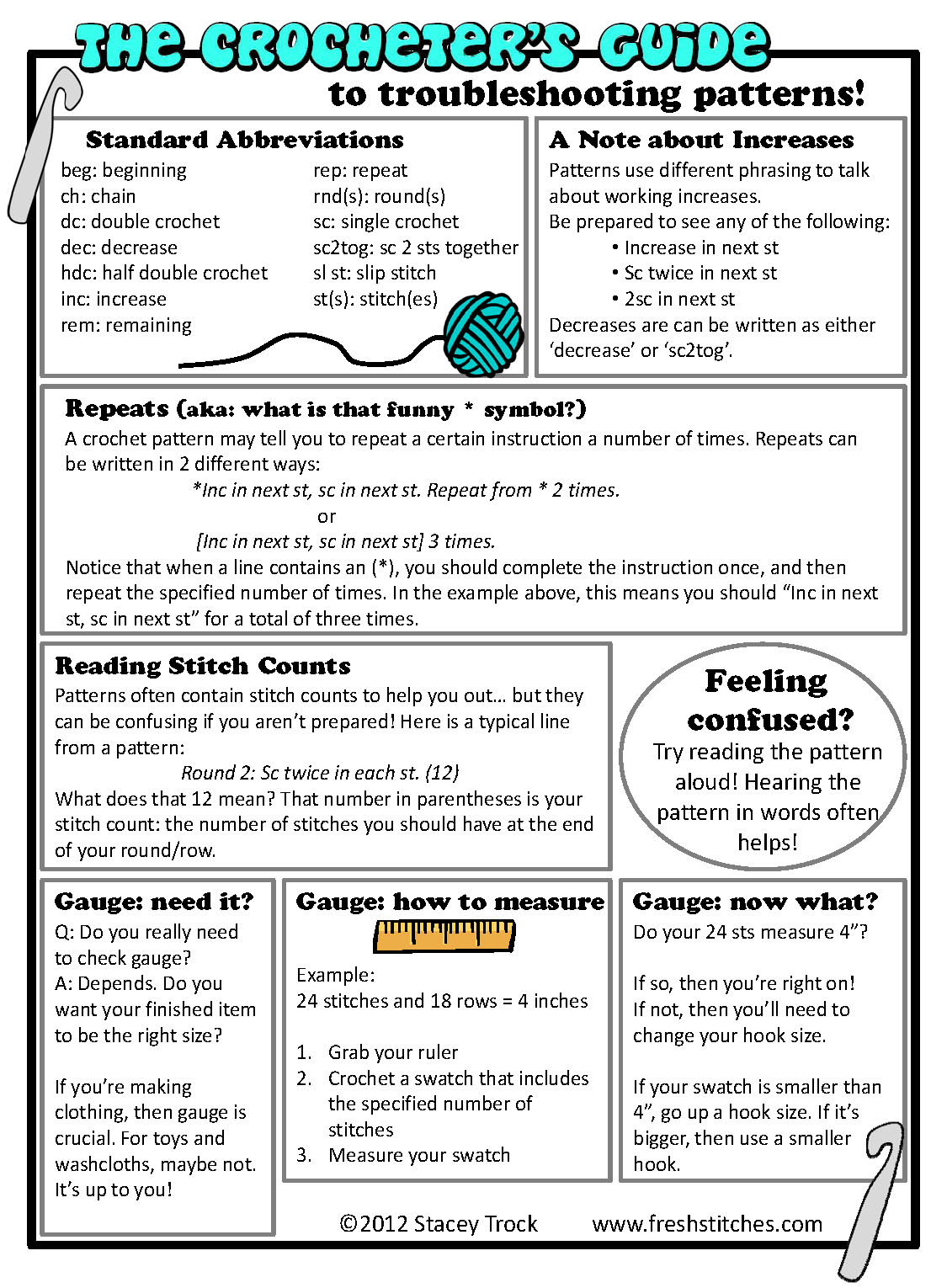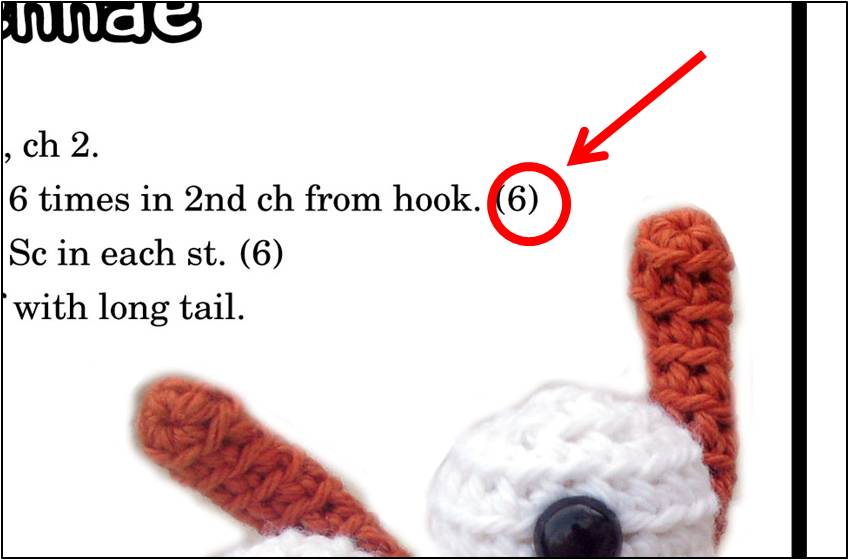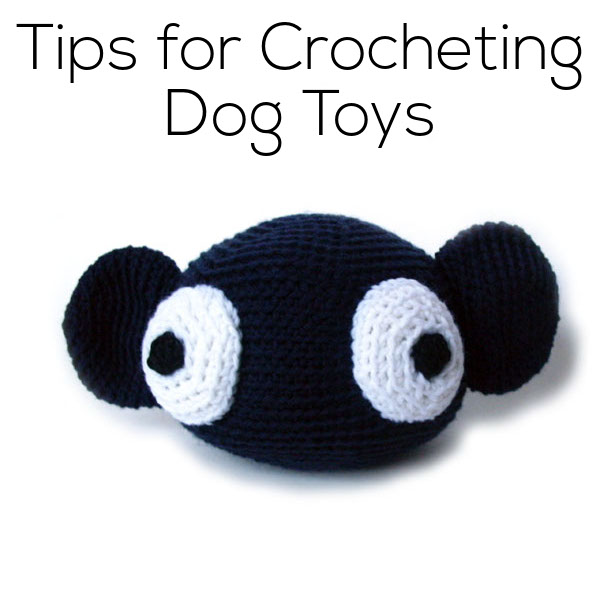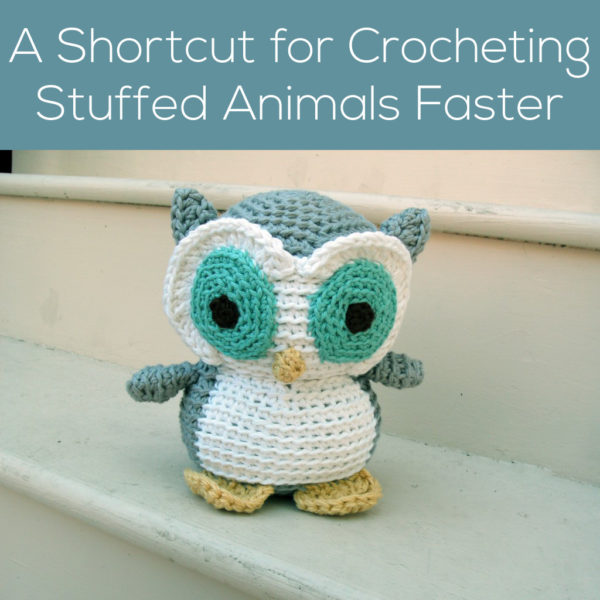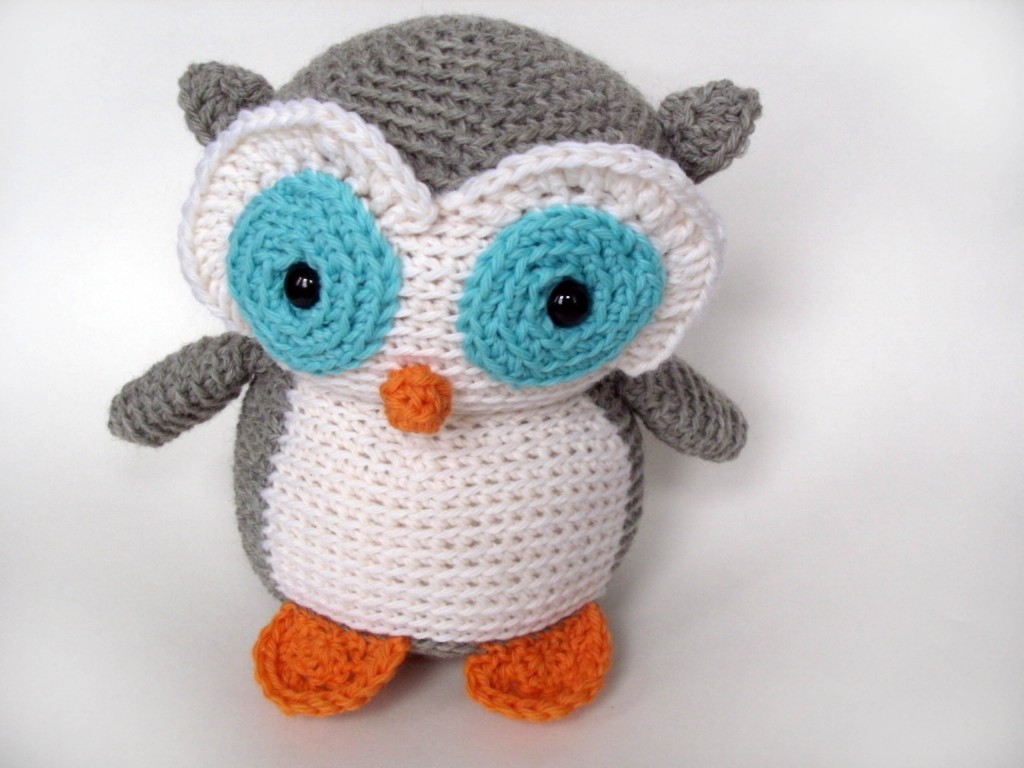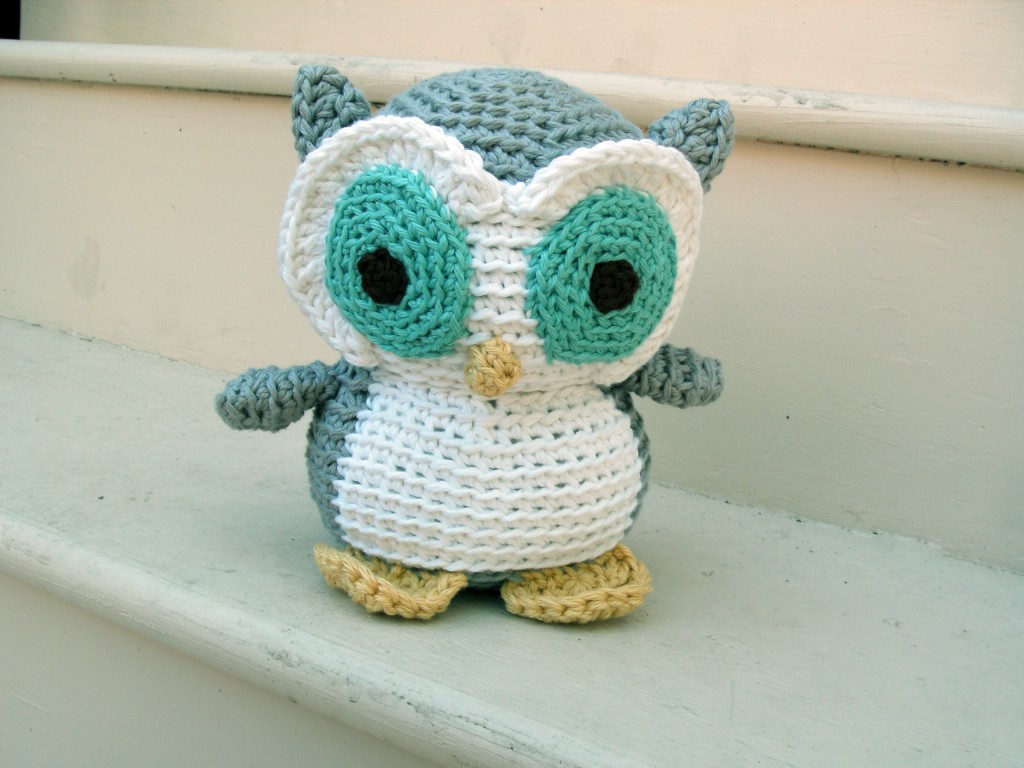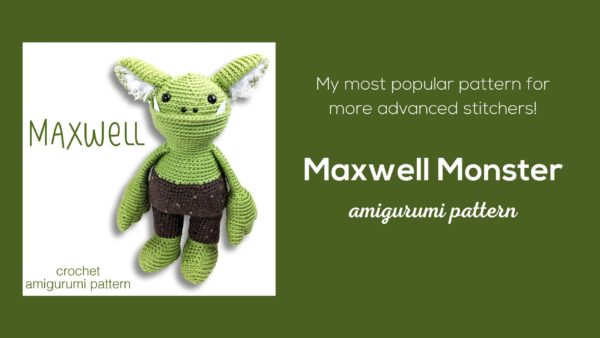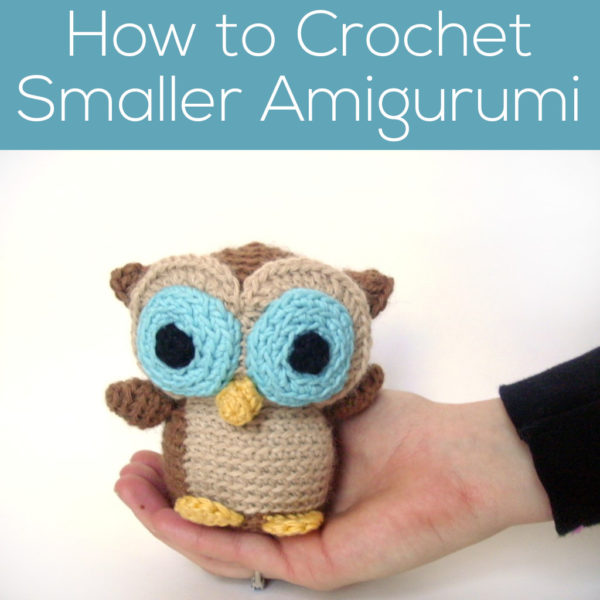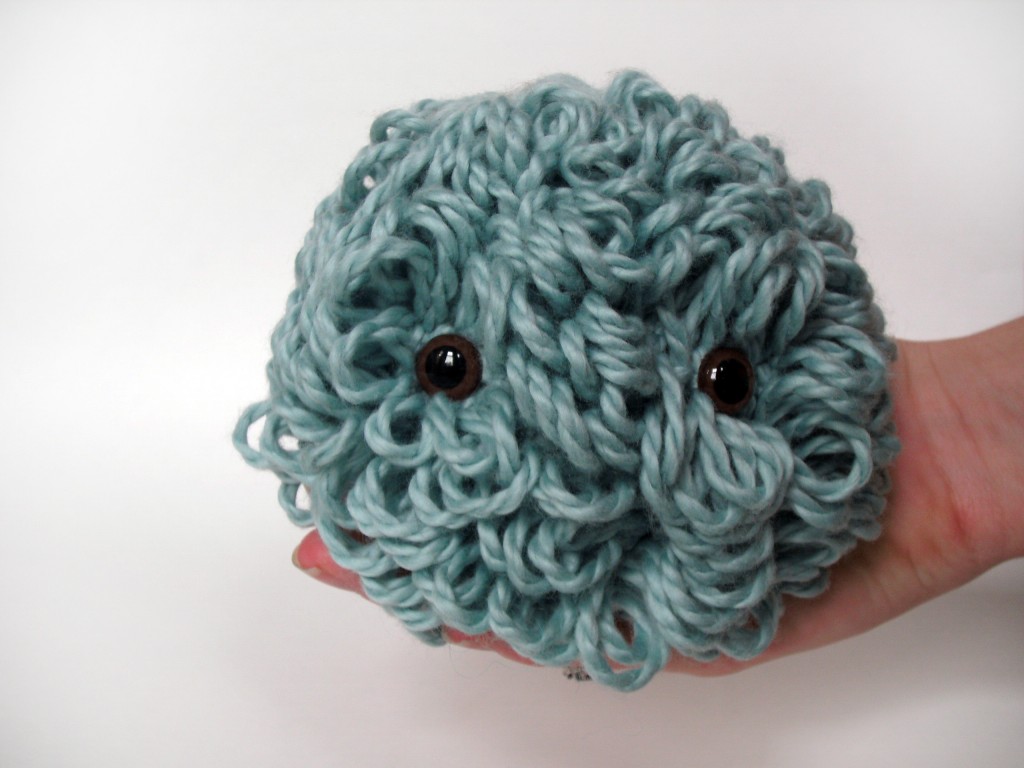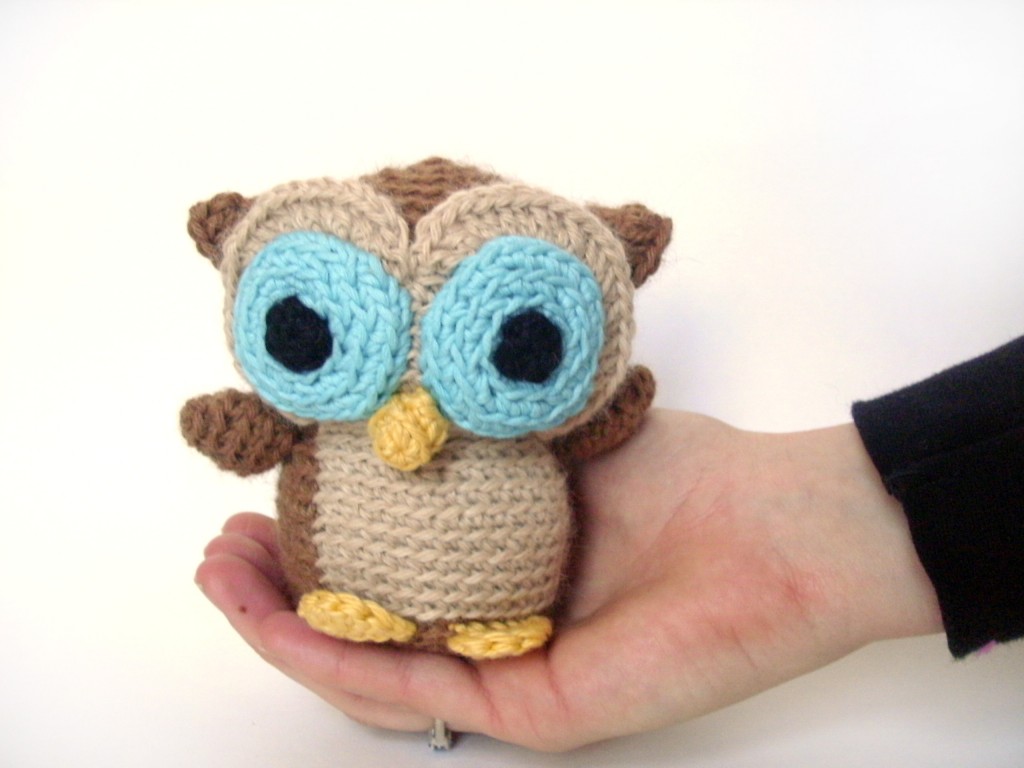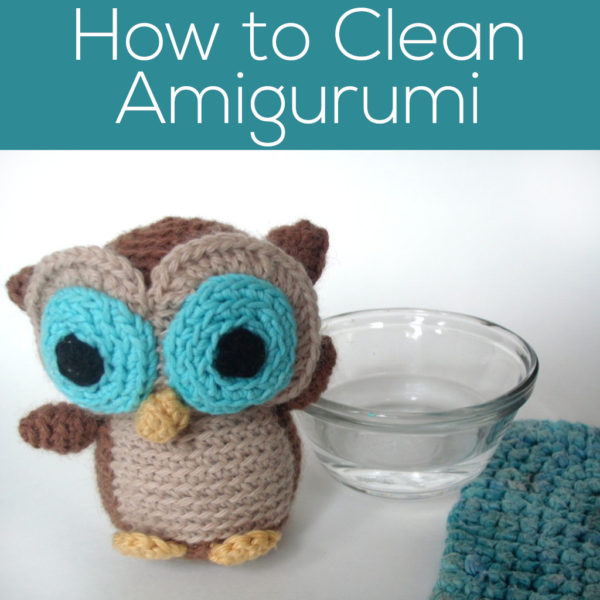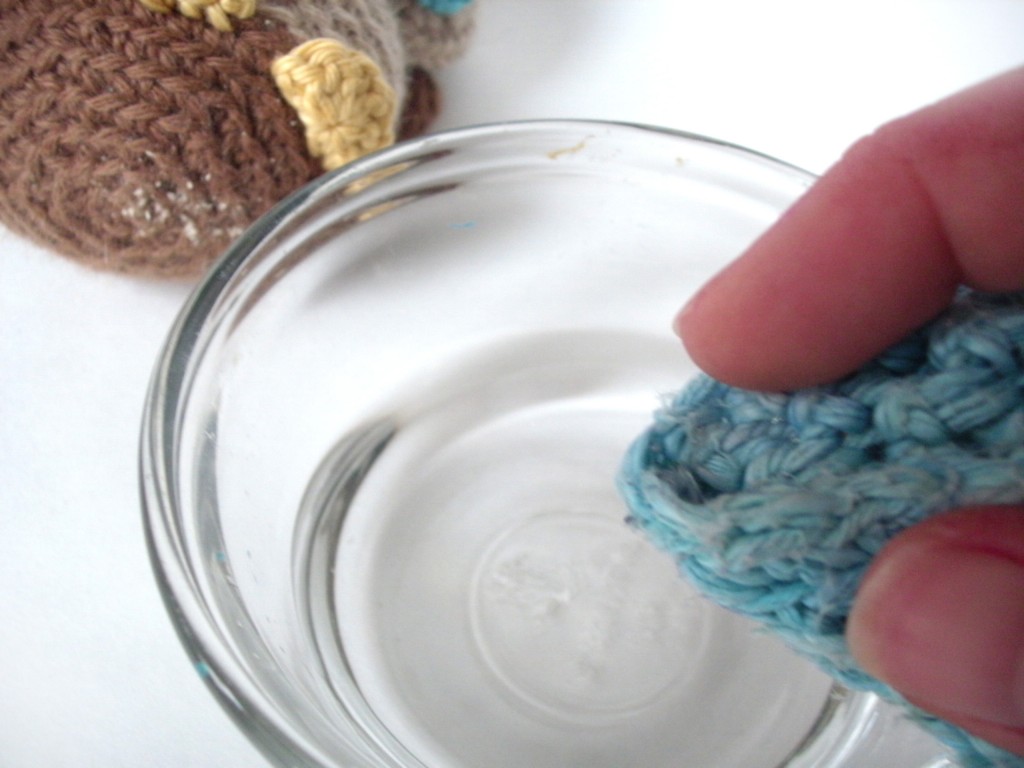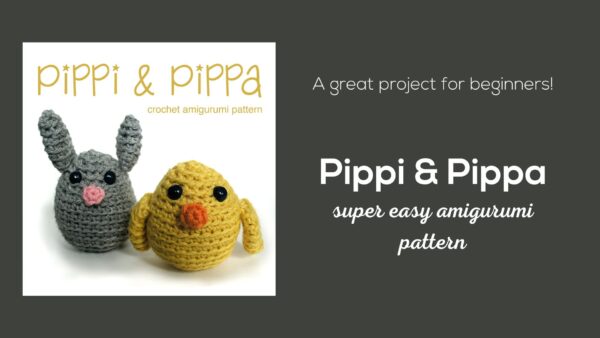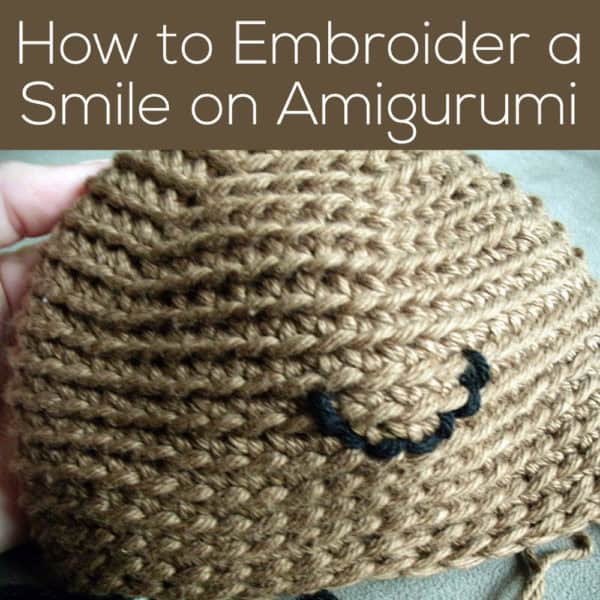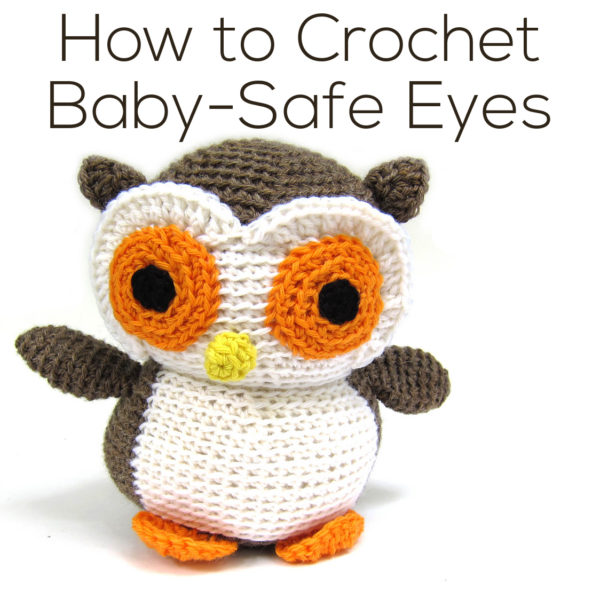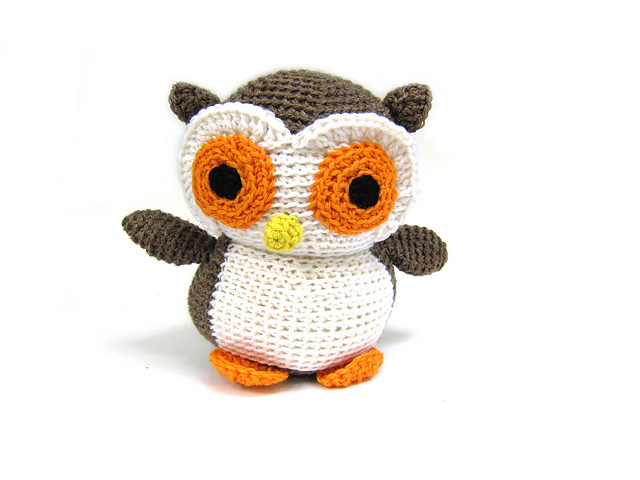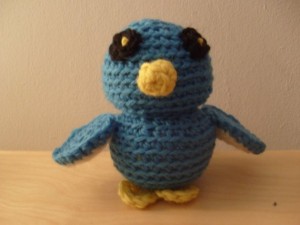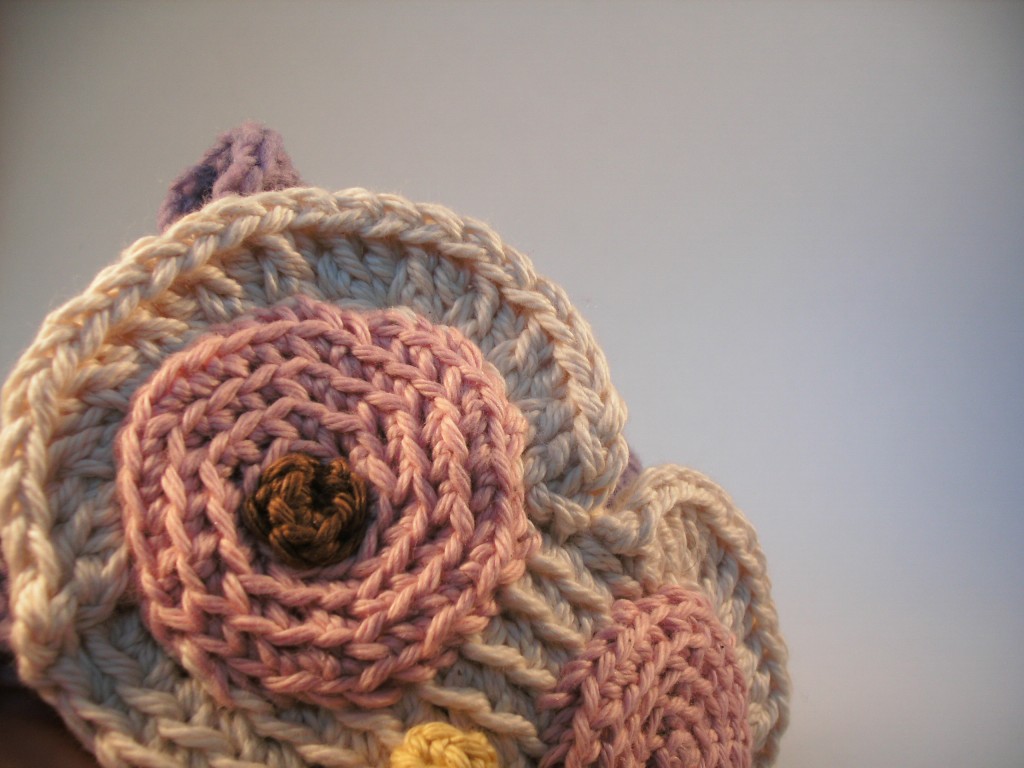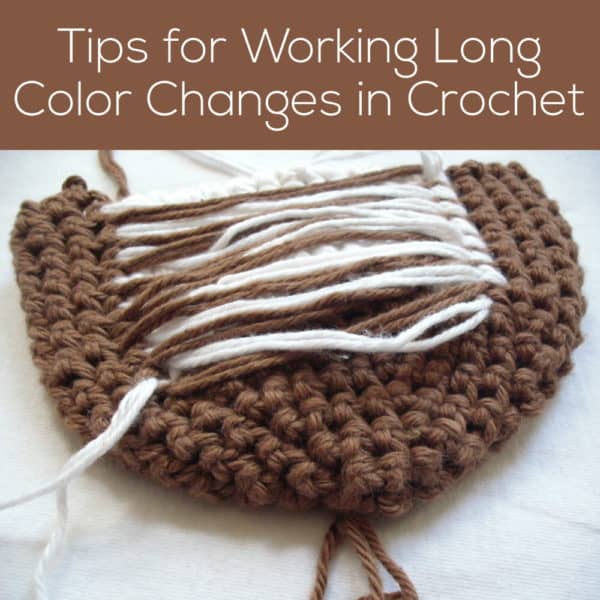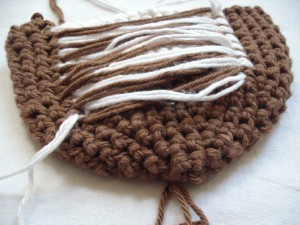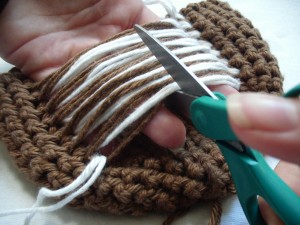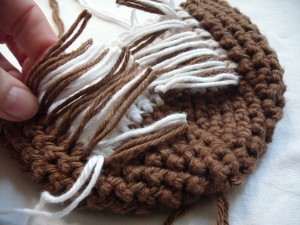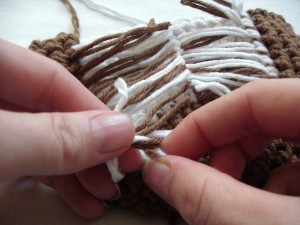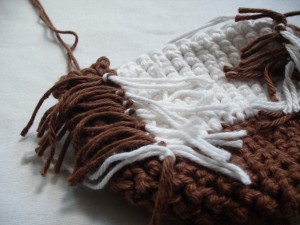Do you know how to crochet, but feel like patterns are a foreign language? You’re not alone!
Many of us crocheters learn how to do the stitches from a family member or friend, and don’t learn to read the patterns until much later. And it’s true, reading a pattern can be scary… but well worth learning how! Once you can read crochet patterns, you’ll be able to make anything!
The patterns you find here at Shiny Happy World are written in a little more “plain English” than you may see elsewhere – but we still use abbreviations and common conventions. I’ll walk you through the instructions for making Howie the Penguin’s wings below. (Howie is a free pattern you can find here.)
The instructions are in regular black text. The “translation” is below it in pink. 🙂 If there’s a link in the translation, that’s taking you to a tutorial demonstrating that skill.
Wings
Make 2.
This is just telling you that you need to make two wings. Make one from start to finish – then make a second one just like it.
With MC, ch 2
With the main color of yarn, chain two.
Round 1 sc 6 times in 2nd ch from hook (6)
The instructions number each round in the project. Single crochet 6 times in the second chain from the hook. The 6 in parentheses tells you that there are 6 total stitches in this round.
Round 2 sc twice in each st (12)
Single crochet twice in each stitch (that’s an increase), for a total of 12 stitches in round 2.
Rounds 3-4 sc in each st (12, 2 rounds)
This line of instructions applies to two rounds. Single crochet in each stitch for a total of twelve stitches, and repeat for a total of two rounds.
Round 5 [sc twice in next st, sc in next st] 6 times (18)
These brackets look scary, but they’re actually easy. They just tell you that everything in the brackets will be repeated. So for round 5, single crochet twice in the next stitch, then single crochet one in the next stitch. Repeat that sequence [single crochet twice in the next stitch, then single crochet once in the next stitch] for a total of 6 times. It will be a total of 18 stitches in the round.
Rounds 6-9 sc in each st (18, 4 rounds)
Single crochet in each stitch for a total of 18 stitches in the round. And repeat that round for a total of 4 rounds.
Round 10 [sc2tog, sc in next st] 6 times (12)
Single crochet 2 together (that’s a decrease), and then single crochet in the next stitch. Repeat that sequence for a total of 6 times. There should be 12 stitches total in the round.
Fasten off with long tail.
You’re done! Fasten off, but don’t cut your yarn short. Leave a tail of at least a foot.
That one little pattern for a wing includes most of the major conventions you’ll run into in patterns. It has starting, fastening off, increasing, decreasing, repeating sections, and repeating rows. Beyond that – or for patterns from other companies who abbreviate a bit more or use different abbreviations – this tip sheet will help you out a lot.
Click here to download this page as a pdf (much better resolution)!
Now that you can read crochet patterns, what are you going to make?

Here are handy links to all the posts about working with crochet patterns. . .
- How to Work with Digital Patterns
- How to Read a Crochet Pattern
- American/British Crochet Conversion Chart
Return to the main table of contents for Let’s Learn to Crochet Amigurumi.
Move on to the lessons for working the first round of your crochet pattern.
Happy stitching!

